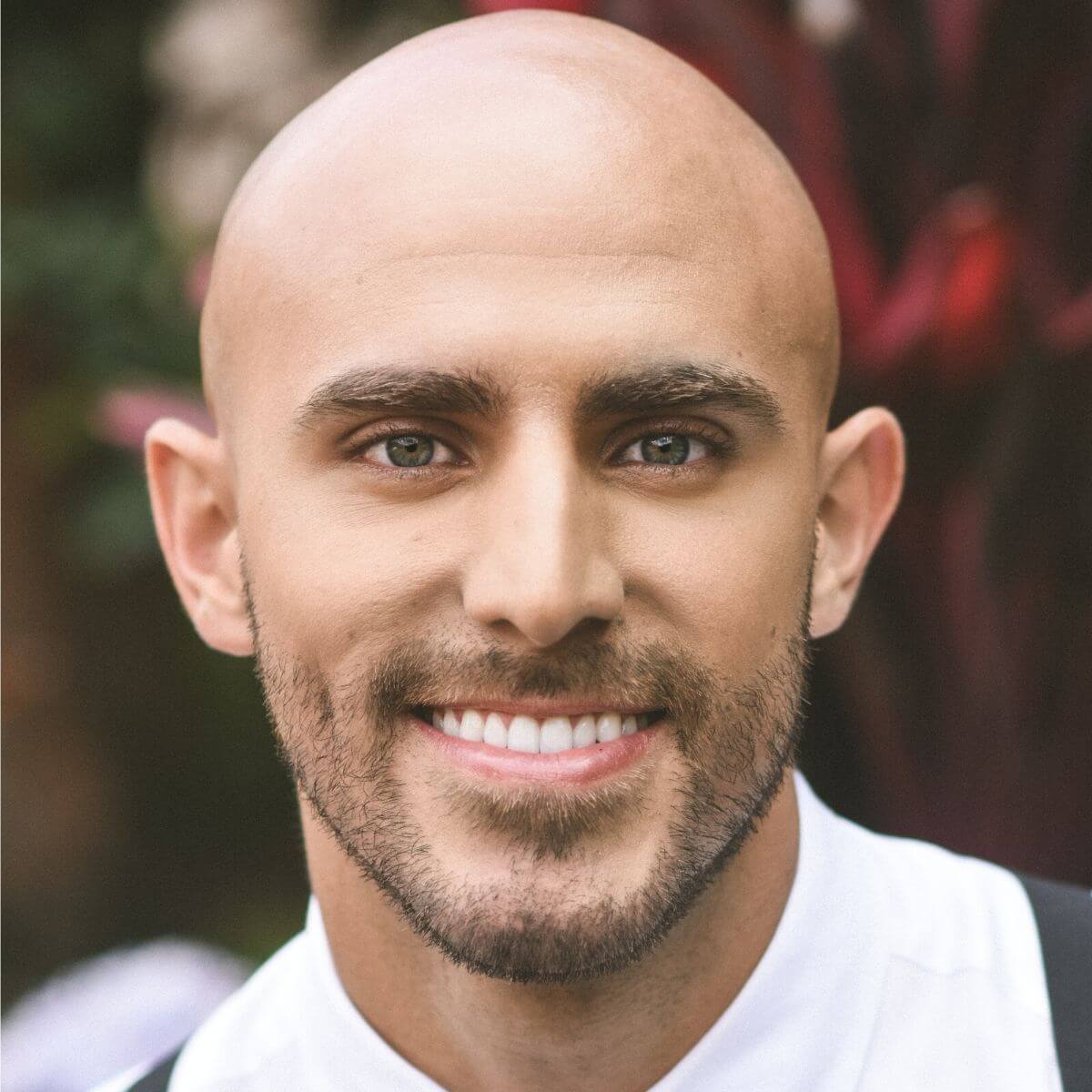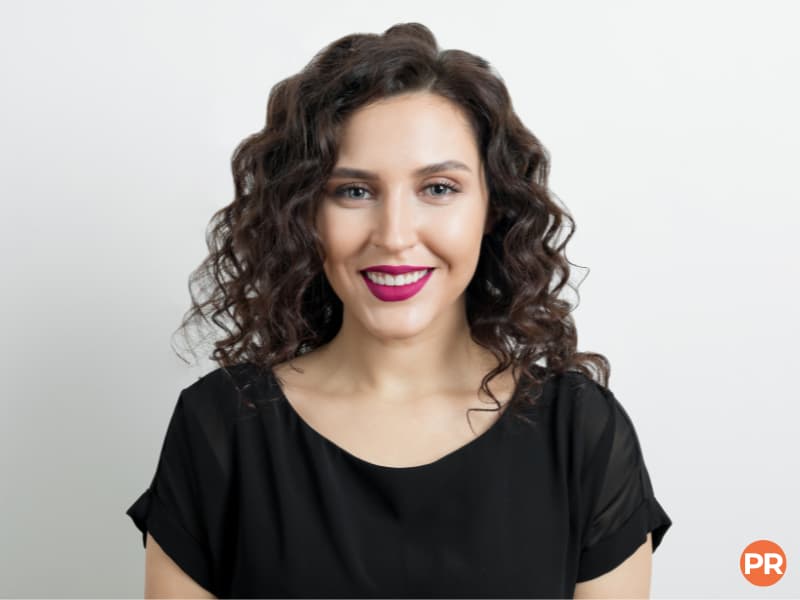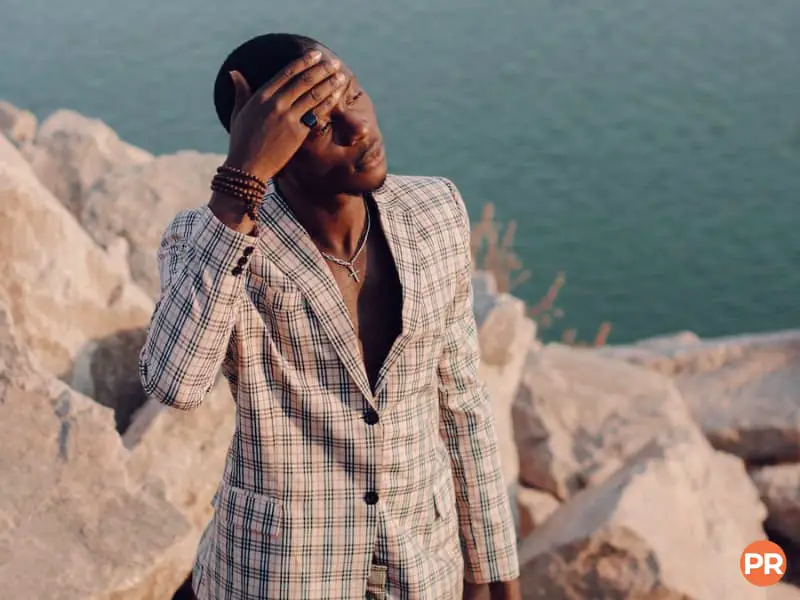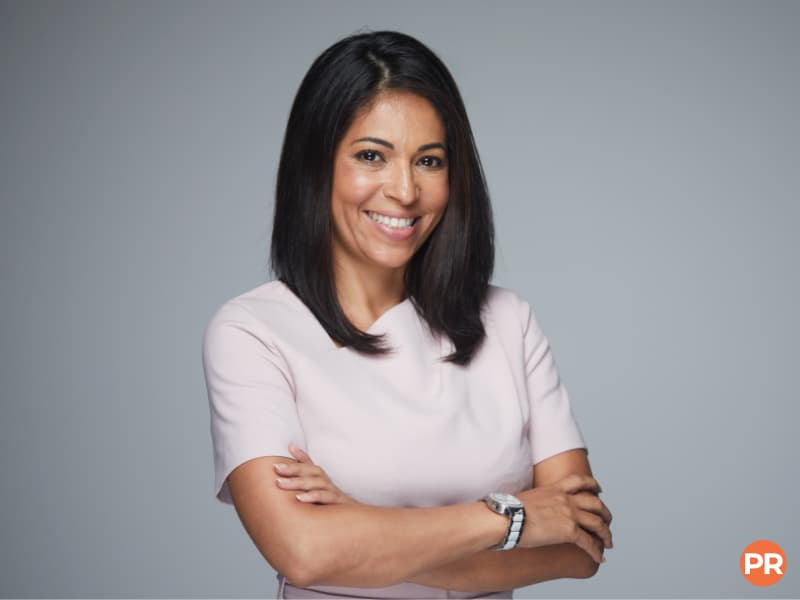A headshot is a type of portrait. It’s about what’s in the frame. Learn the differences between a headshot vs. portrait, and when to shoot each.

Headshot vs. portrait. Both are pictures of a person, but the differences lie in how much of their body you see.
When shooting either portrait photography type, focus on making the subject look flattering.
Also, you can attract and build trust with viewers through the subject’s face.
Research from Princeton University shows that curving the corners of the mouth up is a must.
Aside from the importance of facial expressions, learn when to shoot each type of photo.
The following is the complete headshot vs. portrait comparison and guide.
What’s a headshot?

A headshot is a close-up portrait showing the head and shoulders of a subject.
Often, headshots are for professional purposes. A client may need a headshot for work and professional profile pictures.
A headshot gives the viewer a sense of the subject’s personality and facial features.
The focus is on one person, whereas a portrait can have more than one person in the frame.
You can capture headshots indoors or outdoors, but most use studio lighting.
There are two types of headshots, theatrical and commercial.
A theatrical headshot is for actors who use the photos for plays, TV shows, and movies.
Theatrical headshots are more dramatic and emphasize the subject’s personality.
A commercial headshot is for corporate, marketing, or personal branding purposes.
The goal is to make the person appear lively, confident, and professional.
When shooting headshots, focus on authenticity and making the subject look their best. A headshot is most people’s first impression in the digital age.
When doing the headshot vs. portrait comparison, choose a headshot if the client needs a picture for professional purposes.
What’s a portrait?

A portrait is a picture of a person or animal. It can be a close-up, half-body, or full-body shot.
Unlike a headshot, a portrait photo can be of a group.
There are many types of portrait photography. You can shoot in a studio or outdoor locations.
Also, the subject can look at the camera or in another direction.
You have more creative flexibility when shooting portraits than headshots.
Headshot vs. portrait

The headshot vs. portrait comparison is about intent, not the technique or which is better.
A headshot is a type of portrait photography, but not all portraits are headshots.
Consider how a client will use the images when choosing between the two.
A headshot is for professional reasons, such as work, a resume, or networking platforms.
A portrait photo is for professional and personal reasons. The possibilities are endless for portrait photography lighting, posing, and locations.
Whether you’re shooting portraits or headshots, focus on authentic expressions. Your goal is to tell a story through the picture.
Clients may not know the correct terms. So, take time to get to know your client and understand the type of photos they want.
Then, you can provide the best service and capture stunning images.
Frequently asked questions about headshots and portraits
Do you smile in a headshot?
There are no rules for smiling or not smiling in a headshot. But, a smile can make a subject appear friendly and trustworthy. It must also look and feel comfortable and genuine. Smiling in a headshot is an excellent way to leave good first impressions.
Can a headshot be a full-body shot?
A headshot cannot be a full-body shot. Instead, it focuses on the head and shoulders. But, a headshot can go down to the elbows if the subject wants to cross their arms.
Should a headshot be portrait or landscape orientation?
A headshot can have any orientation. What matters in a headshot is to fit the head and shoulders in the frame. When shooting headshots, capture landscape and portrait orientation. Also, ensure there’s room to crop the image into a square. It gives the client choices. Also, different platforms and places may want it to be vertical or horizontal.
Conclusion
Before booking a session, understand whether the client wants portraits or headshots.
Your pricing may differ between the two. Also, it ensures the clients receive what they want.
A headshot is for professional purposes and shows the head and shoulders in the frame.
A portrait can be formal or casual. It can also have as much or as little as you want in the frame.
Knowing the mood and purpose, you can choose between the two types.
Related: How to Use Forced Perspective in Photography
Featured photo courtesy of Unsplash.
